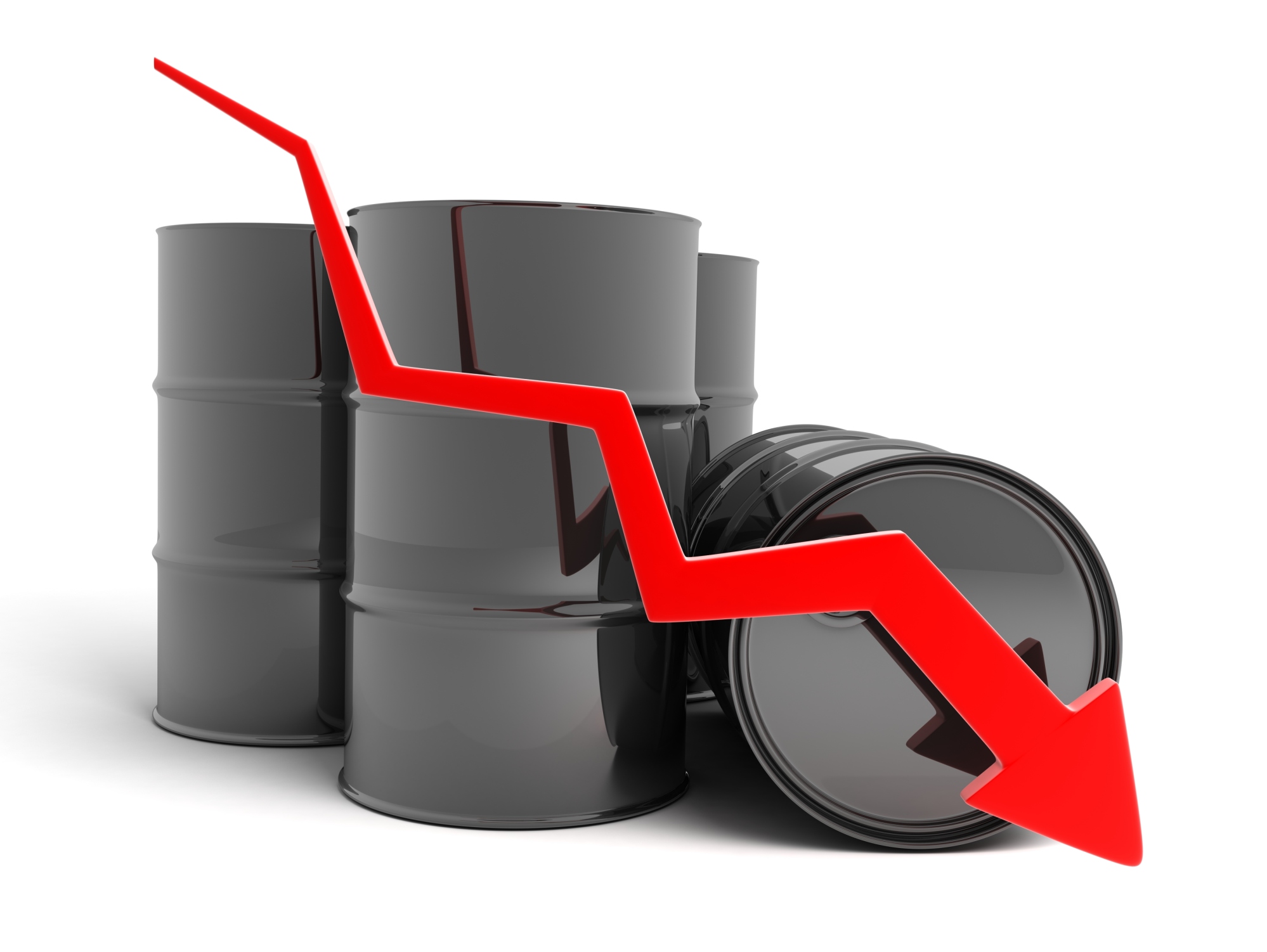
The IEA said global supply rose 910,000 barrels a day in September and is currently 2.8 million barrels a day. The agency said non-OPEC supply growth is up 2.1 million barrels a day in 2014 and estimates that 2015 non-OPEC supply growth will reach 1.3 million barrels a day.
In its latest Short-Term Energy Outlook, the U.S. Energy Information Administration forecasts global crude oil demand growth of 1.0 million barrels a day in 2014 and 1.2 million barrels a day in 2015. Global production is expected to rise by 1.6 million barrels a day in 2014 and 900,000 barrels a day in 2015.
In last Friday’s October Oil Market Report, OPEC affirmed its estimate of demand growth for 2014 at 1.05 million barrels a day. The cartel also said that non-OPEC supply will grow at a rate of 1.68 million barrels a day in 2014 and 1.24 million barrels a day in 2015. More troublesome is that demand for OPEC crude in 2014 is currently forecast at 29.5 million barrels a day and the cartel was producing nearly 1 million barrels a day more than that. Demand for OPEC crude is forecast to fall to 29.2 million barrels a day next year.
ALSO READ: What OPEC Is Really Telling the IMF
All the numbers are slightly different, but they all tell the same story: crude oil demand is falling and taking prices lower as it goes. West Texas Intermediate (WTI) crude oil for December delivery is down about 1.5% early Tuesday morning at around $83.80. Brent crude is down about 1.9% at $87.74. A stronger dollar is contributing the price drop, but mainly the slide is telling us that the world is oversupplied with oil.
Until prices fall to a level where producers are better off leaving oil in the ground than pumping it out, the price of crude will continue its downward slide. That day is probably at least one if not two years away. We noted reports Monday that Saudi Arabia is happy to sell its crude at $80 a barrel or less and to do that for an extended period.
In the United States, producers in the shale plays have been able to drive costs down to as low as $50 a barrel in some places, although costs of $70 are about average. Allowing U.S. producers to export oil won’t really contribute to higher prices except in the very short term because it costs so much less for Saudi Arabia, Iraq or Iran to produce a barrel of crude and those countries are unlikely to give up market share, as long as their break-even price is half that of U.S. producers.
ALSO READ: Have Solar Stocks Sold Off Too Much?
In 20 Years, I Haven’t Seen A Cash Back Card This Good
After two decades of reviewing financial products I haven’t seen anything like this. Credit card companies are at war, handing out free rewards and benefits to win the best customers.
A good cash back card can be worth thousands of dollars a year in free money, not to mention other perks like travel, insurance, and access to fancy lounges.
Our top pick today pays up to 5% cash back, a $200 bonus on top, and $0 annual fee. Click here to apply before they stop offering rewards this generous.
Flywheel Publishing has partnered with CardRatings for our coverage of credit card products. Flywheel Publishing and CardRatings may receive a commission from card issuers.
Thank you for reading! Have some feedback for us?
Contact the 24/7 Wall St. editorial team.




